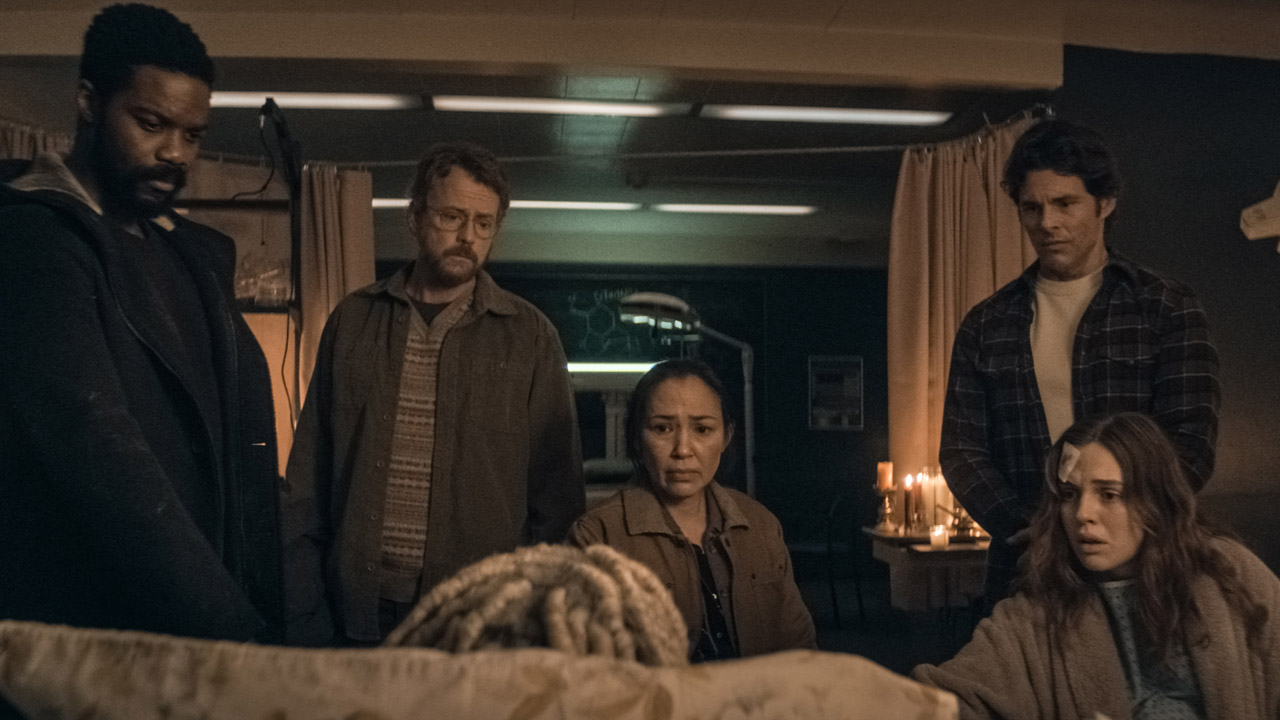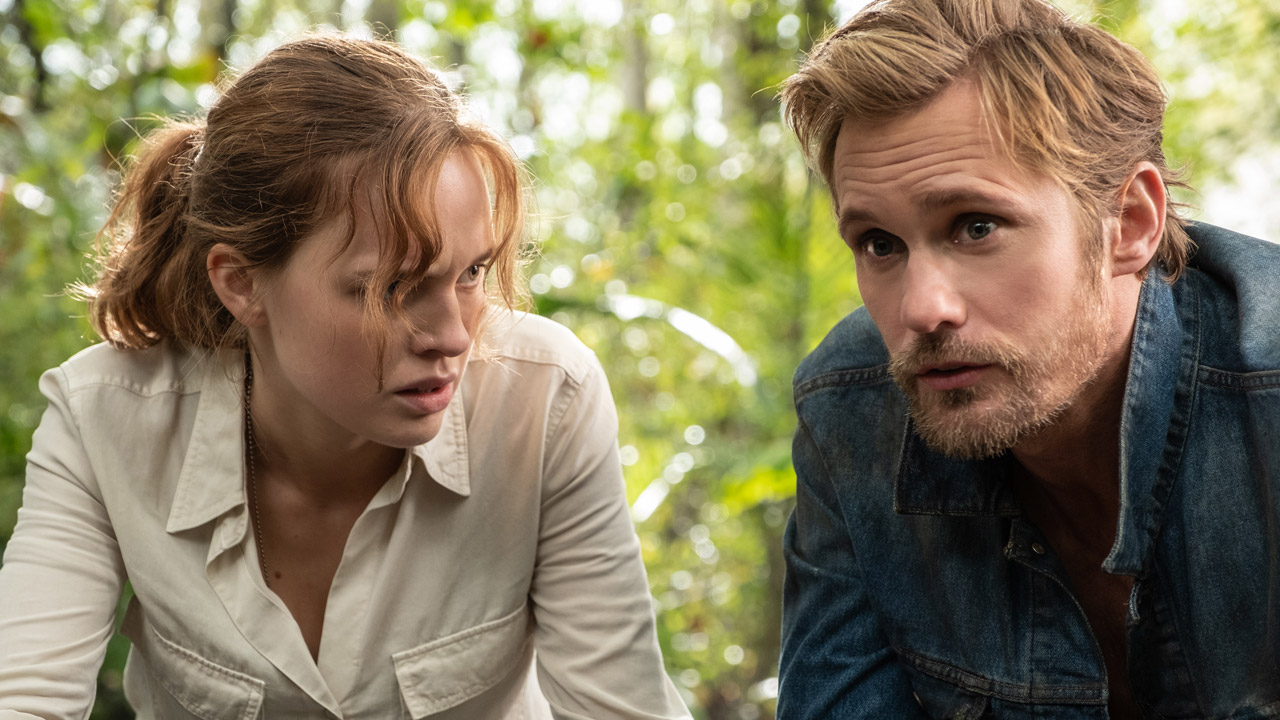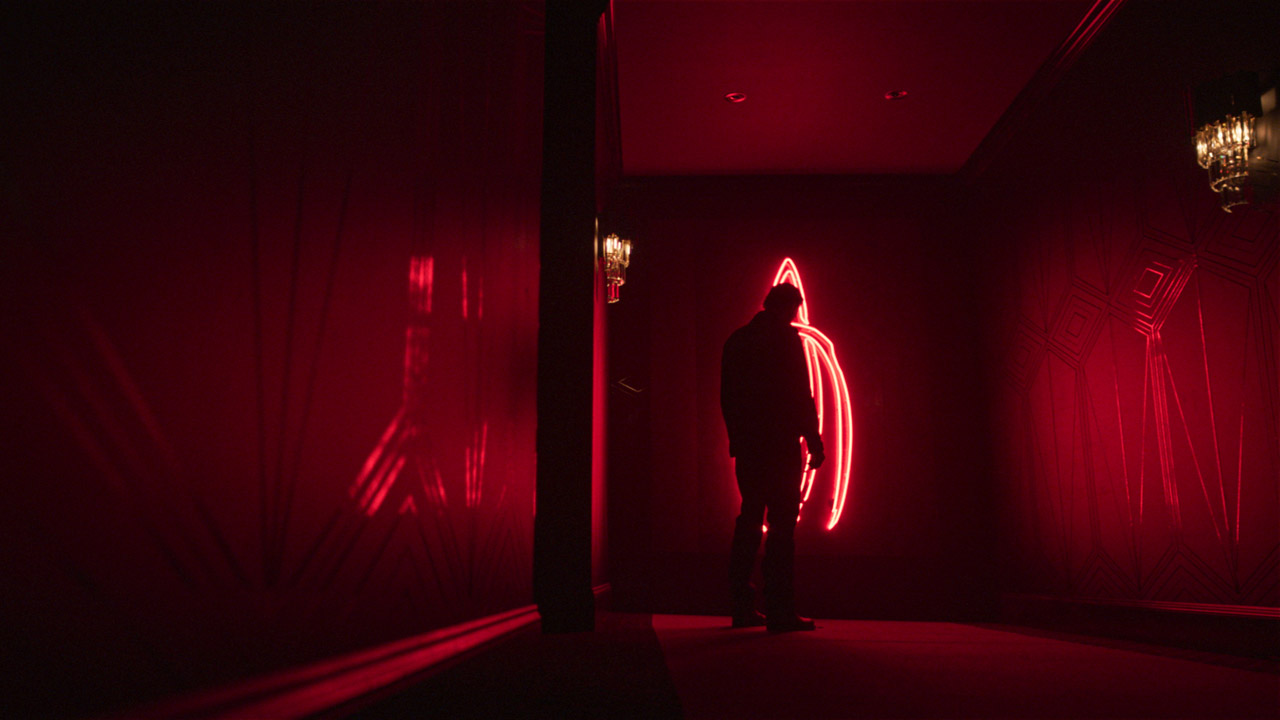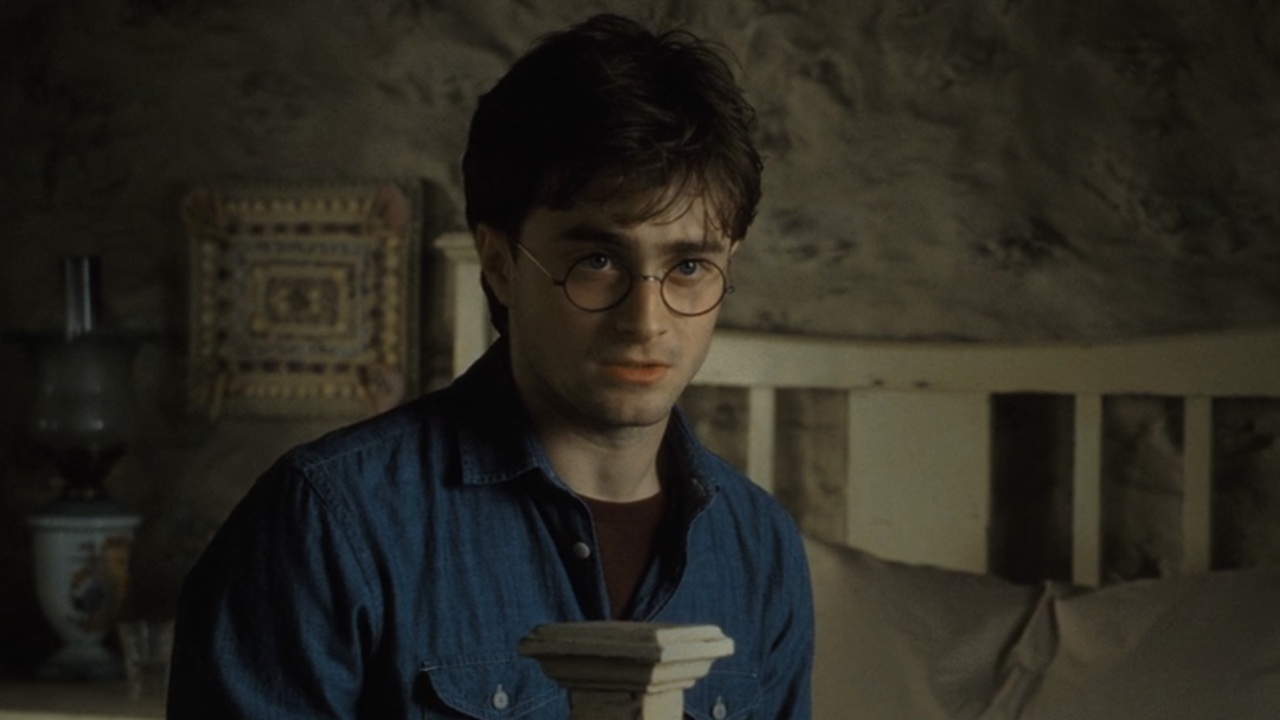Adapting Stephen King's The Stand: How The 2020 Miniseries Adds To The Legacy Of The Apocalypse-Centric Epic
A remake of phenomenal potential.

Even after the success of The Stand miniseries in 1994, Hollywood refused to give up on the dream of turning Stephen King’s apocalyptic epic into a feature film, and it was a little over a decade ago that the effort hit a high gear. In January 2011, it was announced that a partnership had been forged between CBS Films (the owner of the rights to the book) and Warner Bros., and the plan was to develop a blockbuster for the big screen. The news immediately inspired excitement from fans… though there were also plenty of reasons to have reservations given the prior attempts to adapt the book as a feature.
As it turns out, those reservations were justified because the movie had a hell of a time getting off the ground. David Yates – who had success with Warner Bros. making numerous Harry Potter films – was said to be attached in July 2011, but he dropped out a few months later, with reports saying that he felt the source material didn’t have the action sequences or set pieces to make the tentpole blockbuster that the studio wanted. After Yates’ departure, Ben Affleck was the next filmmaker tapped for the gig in October 2011, but he admitted to be struggling with the project a year later, and by August 2013 he was replaced at the helm by Scott Cooper. By November of that year, Cooper was no longer attached, citing creative differences.
It really wasn’t until early 2014 that the project started making moves toward its final form – which wouldn’t end up being a film at all. In February of that year, Josh Boone was tapped as The Stand’s new director, and after talk of possibly making the adaptation as multiple features (with a pre-The Dark Tower Matthew McConaughey rumored to play the villainous Randall Flagg), the adaptation made a key pivot. In June 2015, it was revealed that new plans were in the works that would once again see Stephen King’s book get the live-action treatment on the small screen. By 2016, it fell into a purgatory as a proper home was searched for… but then the streaming wars came along to save it.
With CBS planning the launch of an independent streaming service in 2019 (CBS All Access, which would turn into Paramount+), it was officially announced that The Stand would be developed as part of its early original programming slate. Josh Boone remained attached, collaborating with Justified writer Benjamin Cavell to develop the series, and by June of that year the new miniseries lined up a cast including James Marsden (as Stu Redman), Amber Heard (as Nadine Cross), Whoopi Goldberg (as Mother Abigail Freemantle), Greg Kinnear (as Glen Bateman), Odessa Young (as Fran Goldsmith), Henrique Zaga (as Nick Andros), and Alexander Skarsgård (as Randall Flagg). The pandemic-centric series went into production that September (about a month before the first reports of a COVID-19 outbreak in Wuhan, China), and filming wrapped within a few weeks of the World Health Organization declaring a global emergency.
With freedom from content censorship, prescient timing due to world events, expansive runtime real estate, and a final episode written by Stephen King himself as a coda to his beloved novel, The Stand miniseries premiered with remarkable potential… but does it live up to it? That’s the subject of this week’s Adapting Stephen King.

How Paramount+’s The Stand Differs From Mick Garris’ The Stand
As previously seen with 2019’s Pet Sematary, there’s an extra challenge that comes with developing a remake of a beloved book when the original adaptation was scripted by the author of the source material. In the making of the 1994 The Stand miniseries, Stephen King worked to translate his novel across mediums as faithfully as possible – albeit while dealing with the constraints of a six-hour runtime and content limitations of network television.
That being said, there were still a handful of details and plot developments that couldn’t be included in the teleplay, and the 2020 miniseries smartly took the opportunity to differentiate itself from that original television production by making a point to include a number of them.
Your Daily Blend of Entertainment News
In addition to having more graphic content generally such as cursing, bloody violence, and nudity, the remake features a much more book-accurate depiction of dying from the deadly virus Captain Trips, and it’s as disturbing as it should be. The ingredient is the depiction of the symptom that Stephen King describes in the book as “tube neck” – a swelling of the glands that makes a person look like they have an inflatable around their throat. It’s a horrific element from the novel used effectively in the show.
As far as the individual members of the ensemble cast are concerned, the biggest pivot back to the book that the remake makes compared to the original is the inclusion of Rita Blakemoor (Heather Graham), the wealthy socialite whom Larry Underwood (Jovan Adepo) meets at the start of his story when he’s in New York. The 1994 miniseries combines Rita with Nadine as an amalgamation character (played by Laura San Giacomo), but she is brought back into the mix in the 2020 version and has basically the same tragic arc as her on-page counterpart.
The depictions of Fran Goldsmith, Nick Andros, and Randall Flagg also see details from the book brought back into the mix that weren’t in the 1994 adaptation. Fran is established as being pregnant at the beginning of the story, unlike the previous adaptation, which implies that Stu Redman is the father of her child; Nick loses his eye as the victim of a hate crime while he’s in Arkansas, which is something that just doesn’t happen to the Rob Lowe version of the character; and Flagg has the power to levitate when he’s provided proper levels of worship, which is not something that the Jamey Sheridan version of the god-like antagonist is shown to do.
As far as full sequences are concerned, the only example of a restored scene is in Episode 4, “The House Of The Dead,” when Fran and Harold Lauder (Owen Teague) are ambushed by a psychotic misogynist named Garvey (Angus Sampson) who has already taken two women hostage – including future Boulder Free Zone spy Dayna Jurgens (Natalie Martinez). There are some significant changes made (Garvey has friends in the book and a larger collection of prisoners), but it’s still more than what’s included in the original adaptation.

How Paramount+’s The Stand Differs From The Book
It would take a lot more space than I have available in this column to go over every single element from Paramount+’s The Stand that is changed from the novel, and I can say that with full authority given that I tracked the alterations week-to-week when the show was originally airing. Writing a series of book-to-show comparison features, I was able to find seven or eight deviations from the source material in every episode (with the exception of the finale). I don’t have the word count here to go over the 58 differences I identified, so let’s just focus on the most significant ones.
The first is apparent from the first scene of the first episode, which features the body crew in the Boulder Free Zone clearing a church of corpses. While the novel is constructed relatively linearly, beginning before the start of the Captain Trips pandemic, the show opts for an alternate construction that is heavy on flashbacks – featuring the reformation of society in Colorado and then going back in time to reveal the paths the various key characters took to get there (and I’ll quickly add that Mother Abigail’s home in Nebraska is cut out of the story entirely, and Hemingford Home is made to be a retirement community in Colorado).
A consequence of this structure is that the show minimizes the cross-country journeys for a number of characters. On the protagonist side, those most affected are Nick Andros and Tom Cullen (Brad William Henke), who meet at a hospital in Arkansas – totally skipping over Nick’s time helping out at a police station after getting assaulted. Tom is also wholly shortchanged in the “third act,” as he is never put under a hypnotic spell, we see relatively nothing of his journey back to Boulder from Vegas, and he never has any of his dreams of Nick after his best friend’s death.
On the antagonist side, the biggest victim is Donald Merwin Elbert a.k.a. The Trashcan Man (Ezra Miller), whose entire journey to New Vegas is cut out (including his nightmarish time with the sick bastard known only as The Kid). Ultimately, Trashy’s entire narrative is changed, as he never sabotages military operations in Vegas and seeks out the nuclear weapon as an apology; instead, Flagg actively sends the psychotic pyromaniac after the weapon, and Trashcan Man ends up bringing it to the wrong place at the wrong time.
Lastly, I have to mention Stephen King’s coda, “The Circle Closes,” which sees the author extend the story beyond the book and follows Fran and Stu Redman (James Marsden) as they travel from Colorado back to Maine. After accidentally falling down a well, Fran has her own personal encounter with Randall Flagg, providing her a more satisfying conclusion beyond just the birth of her daughter, Abigail.

Is It Worthy Of The King?
Let’s start by getting this out of the way: if you’ve never read Stephen King’s The Stand or seen the 1994 adaptation, I’m not sure how one would make heads or tails of the 2020 miniseries. Because of the non-linear storytelling and the scattershot approach to character introductions, it doesn’t make it easy to become invested in the protagonists, and it doesn’t really find its groove until the fourth episode. I don’t imagine that the non-initiated would have the necessary patience with it, which I understand.
This, however, is a column ostensibly for Constant Readers, and with that perspective the miniseries is easy to digest… but it still has some major issues. The majority of the cast does a terrific job bringing their respective characters to life – with the standouts being Alexander Skarsgård, Jovan Adepo, Odessa Young, and the late Brad William Henke – but you get the sense that the filmmakers were overly scared of the idea of remaking and expanding upon what was already done in the 1994 miniseries, and that was a bad instinct. A wholly faithful interpretation of the book with modern special and visual effects and without network television censorship is what it should be, but it isn’t.
It feels kind of dumb to write this, but part of a story being an epic is its capacity to feature an expansive journey between its beginning and the ending, but this adaptation robs us of that by having the very first scene of the series take place after the Boulder Free Zone is up on its feet (ultimately rendering everything before it as a flashback). The miniseries feels like it’s in an unnecessary rush to get to the Boulder vs. Vegas conflict and as a result it shortchanges everything that comes before that point from the book.
Not counting the final episode because it’s original content, the 2020 adaptation of The Stand has about an hour and 30 minutes of extra runtime compared to the 1994 miniseries, and yet it feels like it covers less ground from the source material.
It can be called serviceable as an adaptation, but what does give it an important place in the King canon is that final episode. Given the fact that multiple versions of The Stand have gone into publication, there is a history of it as a fluid text or living document, and this adds to that legacy. The author was right in his assessment that the book doesn’t give Fran Goldsmith the opportunity to make her own stand, despite her essential role in the story, and that’s what is provided with his 2020 coda. The next time I read the novel, I’ll certainly plan on following up the experience with a rewatch of “The Circle Closes.”

How To Watch Paramount+’s The Stand
To start with the obvious, a Paramount+ subscription gives you access to all nine episodes of the miniseries (and you can even check out a few bonus featurettes that are included). It isn’t an exclusive, however. In addition to being on Blu-ray – a key piece for any Stephen King collection – the full show is available for digital purchase at online outlets including Amazon, Google Play, Vudu, and Apple.
Moving into the year 2021, Adapting Stephen King will be staying in the CinemaBlend Streaming section next week to take a close look at Pablo Larrain’s Lisey’s Story on Apple TV+ – the most recent adaptation that King himself scripted. Look for my column on the site on Wednesday, and click through the banners below to discover all of the previous editions.







Eric Eisenberg is the Assistant Managing Editor at CinemaBlend. After graduating Boston University and earning a bachelor’s degree in journalism, he took a part-time job as a staff writer for CinemaBlend, and after six months was offered the opportunity to move to Los Angeles and take on a newly created West Coast Editor position. Over a decade later, he's continuing to advance his interests and expertise. In addition to conducting filmmaker interviews and contributing to the news and feature content of the site, Eric also oversees the Movie Reviews section, writes the the weekend box office report (published Sundays), and is the site's resident Stephen King expert. He has two King-related columns.
